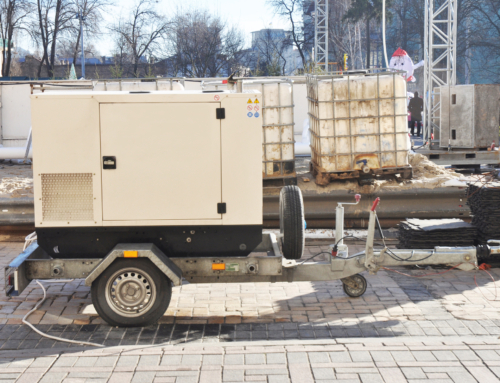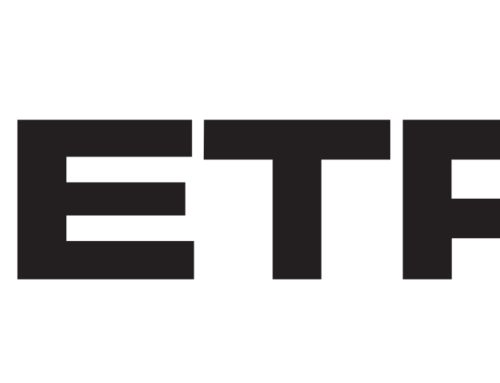The Detroit Diesel is a popular range of generators that are used across many industries to provide strong and efficient power. The series 71 first appeared in 1938 as the flagship engine of the Detroit Diesel Engine Division and the V-type appeared later in 1957. The series 71is an iconic machine that was a favorite for many years before its production ceased in 1995. While the production of new series 71 engines may have come to an end, these powerful pieces of technology are still used today. This article will guide you through the ins and outs of the Detroit Diesel series 71, what they are used for and why they were discontinued.
Table of Contents
What is the Detroit Diesel series 71?
The Detroit Diesel series 71 is a two-stroke diesel engine that can be found in both inline and V configurations. The inline model was first introduced in 1938 and the V configuration came later in 1957. The 71 indicates that each cylinder in the engine displaces 71 cubic inches, despite the configuration or the total number of cylinders.
The V model offers up to twenty-four-cylinder configurations while the inline models can provide a maximum of 6 cylinders in each engine. Despite the range of cylinder configurations that are available in the 71 series, Detroit Diesel series 71 parts are highly interchangeable as they all feature the same design characteristics- all cylinders have 71 cubic inches of displacement and are derived from an identical 4.25inch bore and 5.00inch stroke.
The Detroit Diesel series 71 was available in both a turbocharged and turbocharged/aftercooled version which made them popular for use in the military, emergency services, and agriculture. The Detroit Diesel series 71 were perfect for powering larger machines. The largest cylinder configuration, the 24V-71, produced an impressive 1,800 horsepower and is mainly used for marine applications.
How does the Detroit Diesel series 71 work?
All engines in the Detroit Diesel series 71 use uniflow scavenging. In this process, a gear-driven roots blower, which is mounted onto the exterior of the engine, provides air through cored passages in the engine block and ports (these are located in the cylinder walls) at a pressure slightly greater than that in the atmosphere.
The series 71 is a two-stroke engine, which means that it combines the usual four cycles- intake, compression, combustion, and exhaust- into just two strokes for one revolution of the engine.
What is the Detroit Diesel series 71 used for?
Production of new series 71 engines was discontinued in 1995 however, they are still used on a small scale in some industries today. The larger, 24 cylinder engine can be found in marine technology. In the marine industry, Detroit 71 engines are used to power small crafts, generators, winches, and a variety of shipboard machinery.
Before its discontinuation, the series 71 were a popular choice for a wide range of other industries too. Farming, emergency services, buses, on-highway tractors, and the military are just a few examples of the industries that utilized the 71 series technology.
What are the advantages and disadvantages of the Detroit Diesel 71?
Advantages of the series 71
The main advantage of 71 series engines is that their parts are interchangeable as they all feature the same basic design. This was excellent for the maintenance and repair of the engines, as parts were heavily available and the design of the machines was well-known by most mechanics and engineers.
The 71 series also provided an option for a turbocharged or turbocharged/aftercooled model which were excellent engines to be used for powering larger machinery. These models were popular in the marine and military industries to drive power into large vehicles and pieces of machinery.
Disadvantages of the series 71
The main downfall of the Detroit Diesel series 71 was its inability to mitigate emissions effectively. These engines produce a large number of emissions that can be incredibly harmful to the atmosphere. The design of the engines means that these emissions cannot be reduced or controlled.
Why was the production of the Detroit Diesel series 71 discontinued?
The Detroit Diesel series 71 was discontinued in 1995 due to the fact that the engine emissions could not be effectively mitigated. Instead, 4 stroke engines became popular as these produced lower emissions so were more environmentally friendly. With restrictions on emissions getting tighter every year, 2 stroke engines simply cannot meet the demands of emission reduction so have been discontinued and are slowly disappearing out of use.
FAQs About Detroit Diesel Series 71
1. Are Detroit Diesels supercharged?
Some people argue that the roots-style intake of the Detroit Diesel engines is a form of supercharging; however, the engine was designed to be naturally aspirated. The 71 series does offer a turbocharged and turbocharged/aftercooled option that provides exceptional power and is mainly used for large machinery.
2. What is a 2 stroke Detroit Diesel?
A 2 stroke Detroit Diesel engine completes all four stages of the combustion cycle in just 2 stroke and 1 rotation per cylinder. This means that each stroke requires a large amount of energy, which is why the emissions from 2 stroke Detroit Diesel engines are so high.
The four cycles that are completed by a 2 stroke engine include:
- Intake
- Compression
- Combustion
- Exhaust
In a 4 stroke engine, these stages are completed in 4 strokes and emit less emissions.
3. Are Detroit Diesel engines good?
Detroit Diesel engines can drive large engines so are still used for heavy-duty marine applications today. From a power perspective, the series 71 one was an excellent choice that could provide up to 1800 horsepower and fuel large machines in a variety of industries. However, the emissions produced by the 71 series were incredibly high and could not be reduced due to the 2 stroke engine design.
The production of the 71 series engine has been discontinued due to high emissions however, it is still possible to buy these engines second-hand. It is rare for Detroit series 71 engines to be used commercially; however, they can still be found in many marine applications that require large horsepower to drive their machines. We have a range of Detroit Diesel series 71 engines and engine parts available to buy that are all in excellent condition. You can check out our full range online or contact a member of our team for more information.
4. What are the key features of the Detroit Diesel Engine Series 71?
The Series 71 engines are known for their durability, compact size, and high power-to-weight ratio. They are two-stroke engines, implying they have fewer moving parts and are more efficient than four-stroke engines. The Series 71 engines also offer easy maintenance and are designed for heavy-duty applications.
5. Are the Detroit Diesel Engine Series 71 still in production?
No, the Series 71 engine production was discontinued in the early 1990s. However, they are still widely used and respected for their reliability, and many existing engines continue to be refurbished and used in various applications today.
6. Where can I locate Detroit Diesel Engine Series 71 parts and support?
Parts and support are accessible through several authorized Detroit Diesel service facilities and distributors despite their discontinuation. You may procure genuine components, technical support, and upkeep services for your Series 71 engine from these locations.
7. What are the Detroit Diesel Engine Series 71’s displacement and power output?
The Detroit Diesel Engine Series 71’s displacement can range from 4 to 18 cylinders. The various cylinders’ combined displacement is 71 cubic inches (1.2 liters). The configuration also impacts power output, although engines in this series have a range of 113 to 665 horsepower.
8. What were the Detroit Diesel Engine Series 71’s typical applications?
The Series 71 engines were utilized in multiple applications, frequently seen in buses, trucks, and generators. In addition to many industrial equipment, including pumps, compressors, and construction equipment, they were employed in yachts and fishing boats, among other marine and industrial vessels.







Leave A Comment